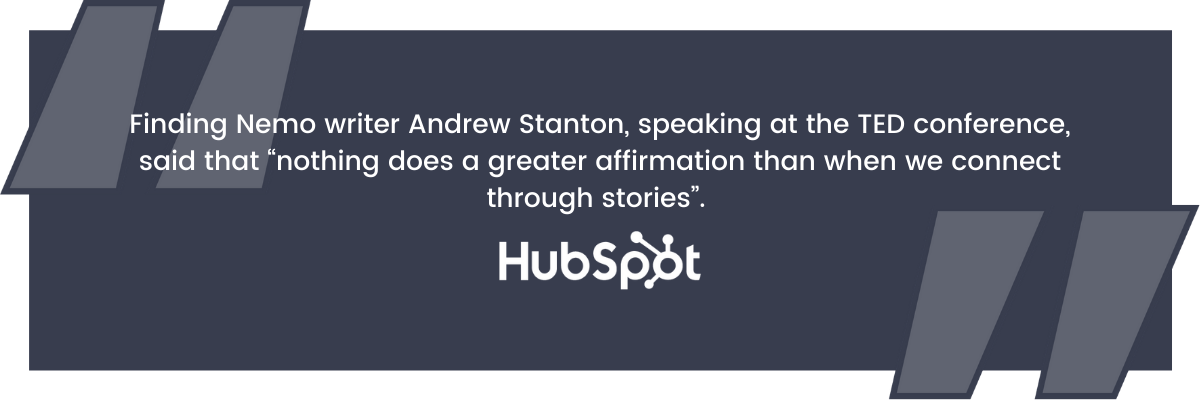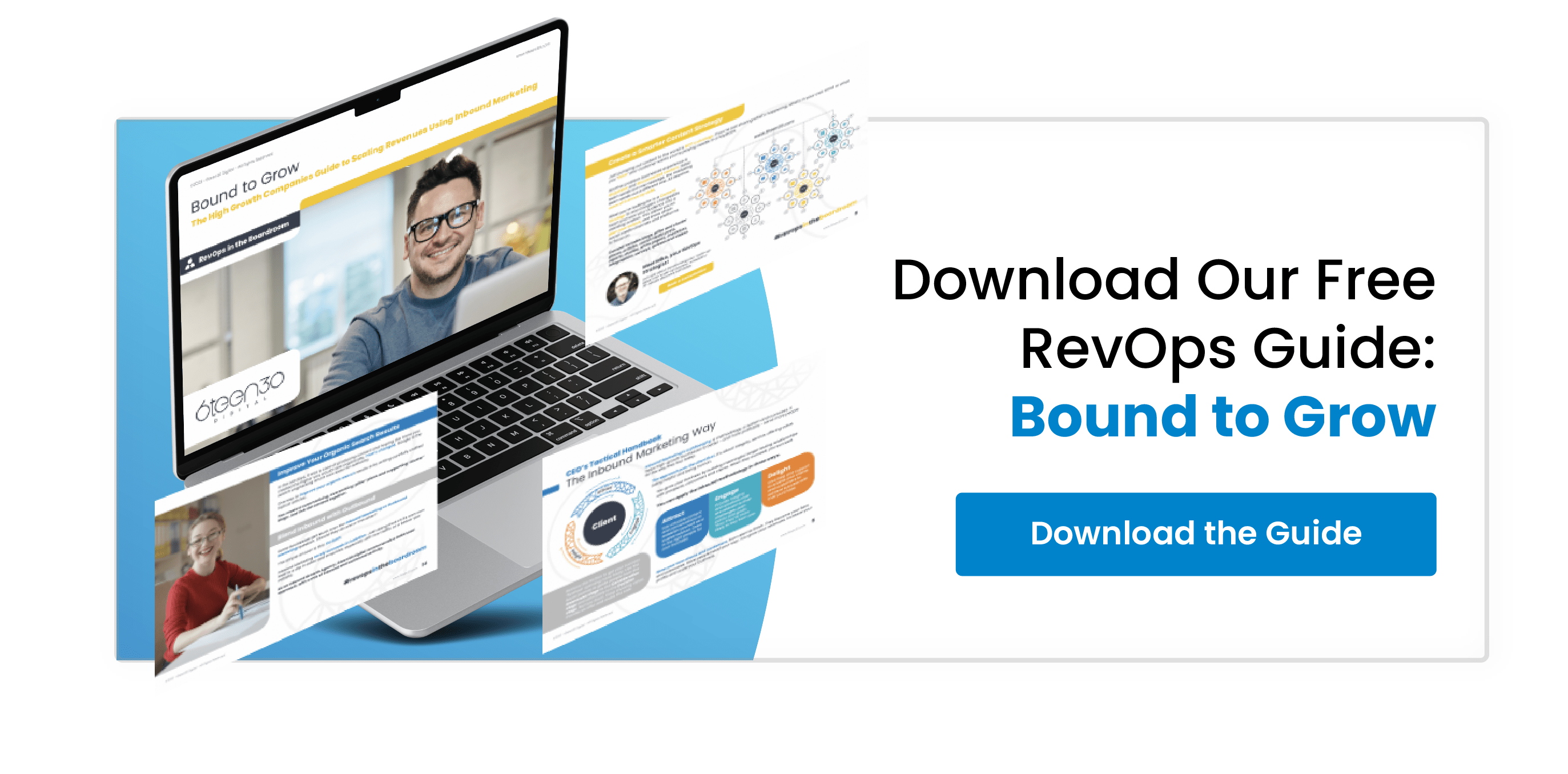
Video Production Review: Brand Storytelling Videos vs Product Videos… Which Will Perform Best For Your High Growth Business?
Video production is fast becoming an essential component of the inbound marketing framework, driven by a shift in audience behaviours that have seen them show growing interest in video-based entertainment.
In 2019, upwards of 250 million hours of content was consumed each day on YouTube; an increase of 70 million from the previous year.
The COVID-19 pandemic has undoubtedly accelerated growth even further this year as a result of more people spending time browsing the web at home.
It’s estimated that by 2021, the average web user will spend 100 minutes watching online video content per day.
But you’ve already tried video production, right?
You’ve strategically recruited marketers for this exact purpose and tasked them with incorporating video marketing into your broader content strategy, and things haven’t quite worked out.
While there are many possible reasons for this, one of the primary reasons why video production fails is because marketers overlook the most vital consideration of all: the type of video.
There’s a lot that goes into creating a powerful video production strategy. Still, the most vital aspect of all is selecting the right type of video to connect with your audience.
The Role of Story-Selling in Inbound Marketing
Before delivering into the different types of video which you could incorporate into your strategy, it’s essential to spend some time looking at ‘story-selling’; and the role of storytelling in inbound marketing.
As you’ll already know from your existing inbound efforts, in content marketing there is a definite distinction between storytelling content - content that’s designed to engage with audiences through narrative - and promotional content that’s intended to advertise and highlight a specific product or service.
While both forms of content certainly have their place in any good content strategy, story-selling is becoming increasingly popular as audiences seek affirmation during the buyer journey; encouragement that they’re making the right choices.

Types of Video
Now, moving back to video production, it is clear that there are two distinct types of video that inbound marketers can use to share their message and reach audiences:
- Product videos are explainers. They provide greater insight into a specific product or service offered by the business and are typically used as a ‘final push’ at the decision stage of the buyer journey as an alternative to an offer or limited time deal. Customers use these videos to justify the choice they’ve made.
- Storytelling videos are engagers. They fit within the consideration stage of the buyer journey to differentiate the brand from its competitors through a narrative that is unique to that business. These videos help brands to build engagement, and covert their existing marketing qualified leads into sales qualified leads.
What’s Best for Your High Growth Service Business?
Product videos, right?
As an ambitious entrepreneur, you naturally associate high growth with strong lead generation more sales and increased profits.
After all, your mission is to raise capital to grow.
But this can make you jump the video production gun; transitioning straight through to direct sales-driving product videos while bypassing indirect storytelling videos.
But increasing revenue isn’t just about sales. Thinking this way could hold back growth.
Product videos have their place. Insights firm Gartner describes them as a ‘trustworthy source of information that provides a realistic idea of what the product will look like’. At the same time, Forrester concludes that product videos are a ‘viable option for retailers to drive conversions’.
But are product videos a better choice for your high growth firm?
To answer this question, we need to go back to the awareness stage of the buyer journey; a stage deeply rooted in a need to understand the customer and understand their specific needs at the specific time.
Marketers need to transfer this need for understanding to the consideration stage of the journey; a stage where prospects aren’t quite ready to be sold to, but where they are prepared to learn more about the different providers of potential solutions to their problem and consider their options.
The Benefits of Storytelling Videos
Engagement can’t be overlooked when you’re trying to draw audiences in organically, through any method.
Unlike outbound techniques, inbound audiences need something to pull them towards a business, and that something is engagement.
By focusing all of your video production efforts on product videos, you may not be utilising your budget and resources most efficiently to compliment your inbound marketing efforts.
While storytelling videos can’t provide that push that audiences need in the decision stage of the buyer journey, what they can do is give your business a human voice; a touch of personality that allows audiences to feel a more personal connection with an organisation.
ForbesWomen contributor Celinne Da Costa believes that ‘humanity is becoming the new premium’, and that the secret sauce for success is not only telling audiences why they should buy something, but also telling them why you’re selling it.
Download Your Copy Of Bound To Grow: The High Growth Companies To Scaling Revenues Using Inbound Marketing
The Science of Storytelling
Storytelling-based video production isn’t an art; it’s a science.
There have been numerous research studies conducted on how storytelling videos and product videos impact viewers differently.
One such study published in the Scientific Reports journal, titled ‘EEG Spectral Dynamics of Video Commercials: Impact of the Narrative on the Branding Product Preference’ asked both men and women to watch video ads.
Some videos were created with a storytelling structure, while others focused on the product.
The researchers found that narrative-based videos that told a story were more likely to result in the viewer feeling as though they’d had a good experience with the brand.
Storytelling videos also held the attention of viewers better than product-based videos, which enabled audiences to recall the brand and the products easier at a later date.
Storytelling-Based Video Production
So how to create powerful storytelling videos that engage with your audience? it’s crucial to build a robust video production strategy that enables you to tell your story while simultaneously providing your prospects with precisely what they’re looking for from the content they consume.
According to HubSpot, today’s audiences want videos that are:
- Entertaining - Audiences don’t want to ‘be sold to’; they’re primarily driven to online video content to learn, to relax, or to banish boredom through entertainment.
- Educational - According to research by Google, 70% of YouTube viewers say they feel empowered, confident, or motivated when they learn something new.
- Universal - Audiences like inclusion; they’re turned away by text-based content that doesn’t include them, and they’re likely to do the same with video content.
- Organised - Like text-based content, videos require structure. This is particularly true of storytelling videos, which need an organised route from start to finish.
- Memorable - Today’s social audiences want to share; they want to tell their own stories. They naturally look to unique content that they can recall and reuse.










%20-%20Teal.png?width=500&height=130&name=Force%20%26%20Friction%20-%20Branding%20-%20Logo%20(White)%20-%20Teal.png)